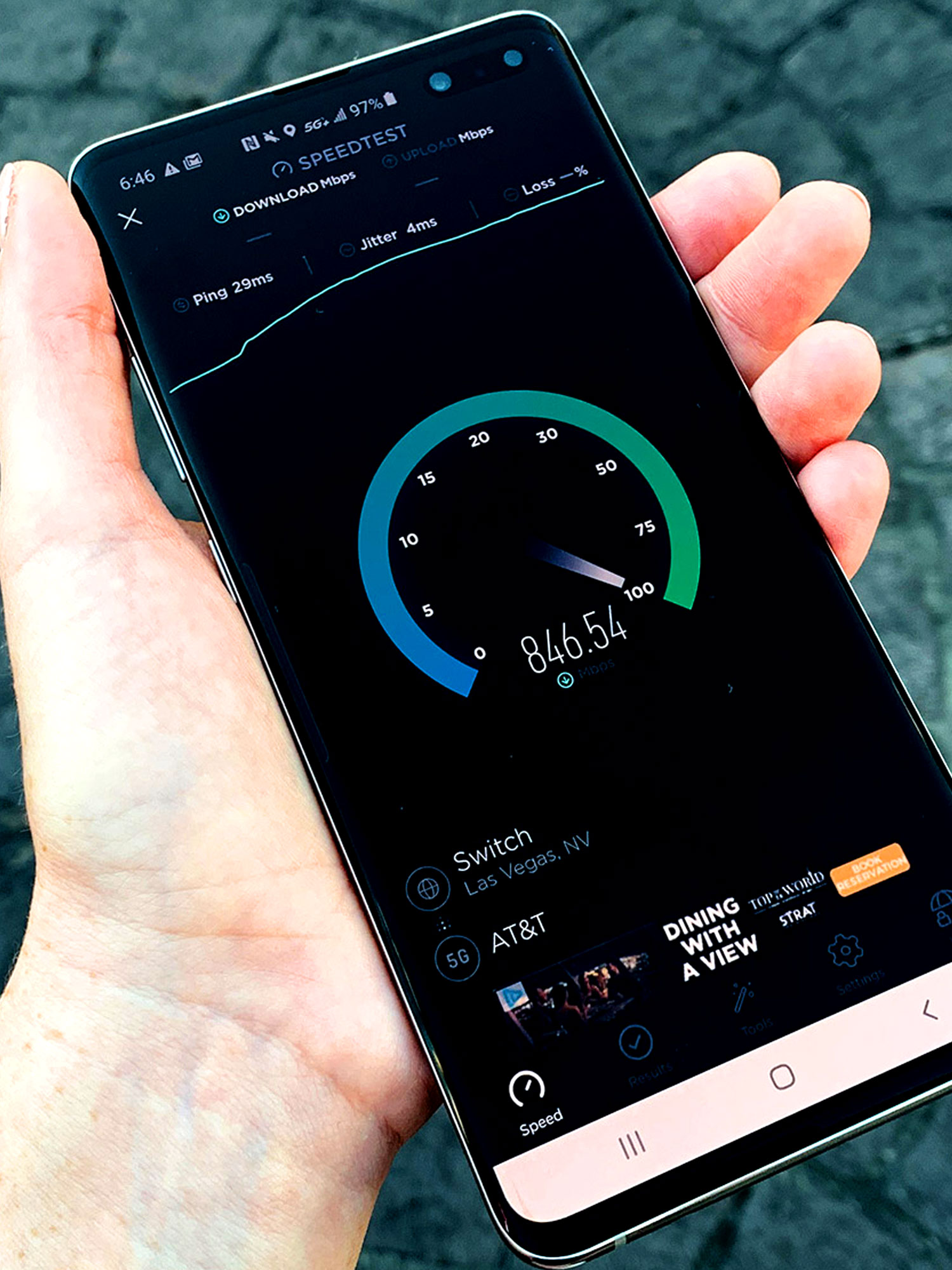

The world’s connectivity needs are changing. Global mobile data traffic is expected to multiply by 5 before the end of 2024. Particularly in dense urban areas, the current 4G networks simply won’t be able to keep up. That’s where a new G comes into play. With 5G commercial networks being switched on, the first use cases are enhanced mobile broadband, which will bring better experiences for smartphone users, and fixed wireless access, providing fiber speeds without fiber to homes. 5G smartphones will be available in beginning of 2019. Being able to download a full-length HD movie in seconds and share your wow-moments with friends – that’s just the beginning. The true value of 5G is the opportunity it presents for people, business and the world at large: industries, regions, towns and cities that are more connected, smarter and more sustainable. It’s allowing industries to reinvent themselves.
1G - Mobile voice calls
2G - Mobile voice calls and SMS
3G - Mobile web browsing
4G - Mobile video consumption and higher data speed
5G - Technology to serve consumers and digitalisation of industries.
In short, it will give wireless broadband the capacity it needs to support the ever-increasing number of IoT (Internet of Things) that will shortly reach our homes and workplaces. However, it is not just faster speeds and latency, 5G technology has been designed to provide: 1000x bandwidth per unit area Up to 100x number of connected devices per unit area (compared with 4G LTE) 99.999% availability 100% coverage 90% reduction in network energy usage Up to 10-year battery life (for low power IoT devices).

The use of IoT devices is set to explode. There are currently an estimated 6-7 billion connected devices in the world, but with home appliances, door locks, security cameras, cars, wearables, animal collars and so many other inert devices beginning to connect to the web. It is estimated that within a few short years, this figure of connected devises will be close to 20 billion.
